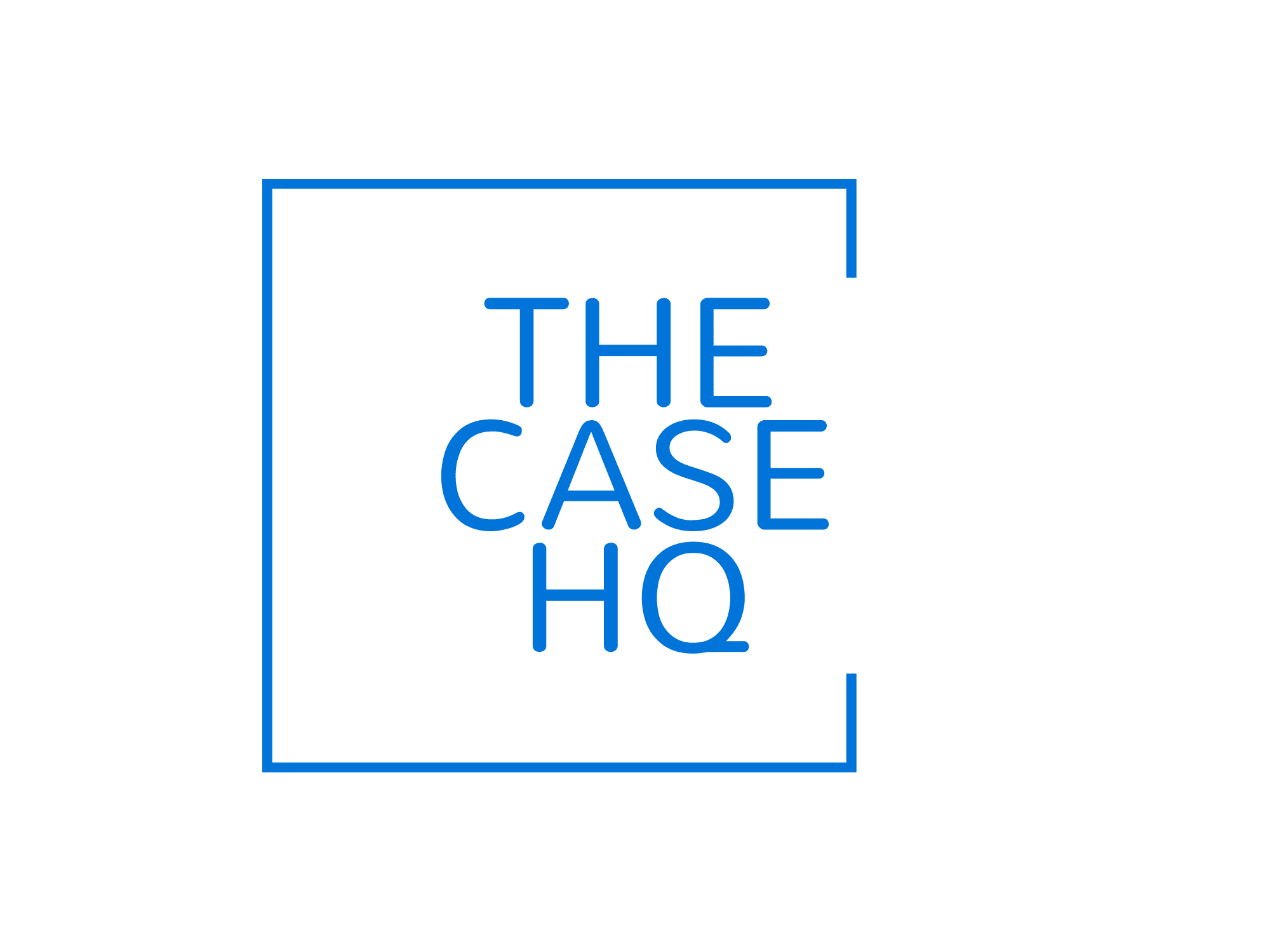In 2025, the skills required for success — critical thinking, adaptability, collaboration, and strategic insight — are evolving faster than ever. As industries embrace AI, hybrid work, and global competition, educators are rethinking how to prepare learners to thrive in this complexity.
Two pedagogical powerhouses dominate this conversation: Case Method and Project-Based Learning (PBL).
Both approaches promise engagement, real-world relevance, and deeper thinking. But which works better — especially in the context of online courses, executive programs, and professional upskilling?
In this post, we compare case method vs project-based learning across key dimensions and help you decide which approach is right for your course, learners, and goals.
What Is the Case Method?
The case method is a teaching strategy centered around real or fictional business scenarios. Learners are placed in the shoes of decision-makers and asked to:
- Analyze data and context
- Weigh options and trade-offs
- Make recommendations under uncertainty
- Justify and defend their decisions
Popularized by Harvard Business School and now widely used in law, healthcare, public policy, and AI strategy programs, the case method is prized for developing strategic thinking, ethical reasoning, and leadership judgment.
What Is Project-Based Learning (PBL)?
Project-based learning (PBL) involves students working over time to solve an open-ended problem or complete a real-world project. This method is:
- Collaborative and iterative
- Long-term and process-oriented
- Often based on real workplace challenges or community issues
- Output-focused (e.g., reports, presentations, prototypes)
PBL is common in engineering, education, business innovation, design thinking, and workforce development settings. It develops practical application, teamwork, and problem-solving.
Side-by-Side Comparison: Case Method vs Project-Based Learning
| Feature | Case Method | Project-Based Learning |
|---|---|---|
| Timeframe | Short to medium (1–2 sessions or threaded) | Long (weeks to months) |
| Focus | Decision-making and strategic analysis | End-to-end problem solving |
| Output | Recommendation, reflection, memo | Final product, presentation, or report |
| Learning Mode | Discussion, debate, scenario simulation | Research, design, build, deliver |
| Best For | Leadership, ethics, systems thinking | Innovation, implementation, collaboration |
| Assessment | Analytical thinking, justification, role-play | Execution, iteration, deliverables |
| Role of Instructor | Facilitator of dialogue | Coach, guide, project manager |
| Tools Used | Case PDFs, role briefs, strategic templates | Kanban boards, design tools, team workspaces |
Which Method Works Better in 2025? It Depends.
Let’s explore how they compare across key education and workplace priorities in 2025.
1. Strategic Thinking & Leadership
Winner: Case Method
Why? Case-based learning places learners in ambiguous, high-stakes roles, forcing them to consider multiple perspectives and long-term consequences.
Ideal For: C-suite prep, AI governance training, ethical decision-making, public leadership education.
2. Innovation & Applied Problem Solving
Winner: Project-Based Learning
PBL excels in contexts where learners must build, test, revise, and create something new.
Ideal For: Product design, data dashboard development, marketing strategy prototypes, startup pitch building.
3. Time-Constrained Professionals
Winner: Case Method (or Micro-PBL)
In executive programs or online short courses, case studies can be delivered in digestible modules with instant strategic value.
Tip: Some educators now use “micro-PBL” — 3-hour sprints that combine case thinking and collaborative prototyping.
4. Scalable Online Delivery
Winner: Case Method
Why? Cases are easier to standardize, automate, and scaffold for asynchronous learners. Platforms like TheCaseHQ.com offer downloadable case studies with strategic templates and discussion prompts, ready for online delivery.
PBL requires more customisation and instructor oversight, though group-based online versions are growing.
5. Skill Transfer to the Workplace
Draw: Both
Case method builds mental models, framing skills, and stakeholder navigation.
PBL builds execution discipline, iteration tolerance, and delivery skills.
Best Practice: Combine both methods in tiered certification programs — case-based strategy first, project execution next.
TheCaseHQ Certifications
- Programs like Certified AI Business Strategist (CAIBS) use case method to teach strategy
- Future tracks include optional project modules where learners create AI implementation roadmaps
Blended Example: The “Case-to-Project” Model
Step 1: Present a decision-based case (e.g., company considering generative AI integration)
Step 2: Learners analyze options, recommend a path
Step 3: Learners form teams to implement their recommendation as a capstone project (e.g., stakeholder map, communication strategy, KPI dashboard)
This hybrid model ensures deep thinking + real action.
Which Method Should You Use?
Use the Case Method if you want to:
- Build leadership and judgment
- Explore ambiguity and ethics
- Simulate strategic choices
- Train executives, managers, and policy-makers
Use Project-Based Learning if you want to:
- Solve real problems end-to-end
- Build teamwork and ownership
- Create innovation portfolios
- Train technical teams, startups, or changemakers
Key Takeaways for Instructors and Designers
| Instructional Goal | Recommended Approach |
|---|---|
| Build strategic confidence | Case Method |
| Develop innovation mindset | Project-Based |
| Improve decision-making | Case Method |
| Enhance execution discipline | Project-Based |
| Align with executive schedules | Case Method |
| Build tangible workplace outcomes | Project-Based |
| Create mobile-friendly content | Case Method |
| Support collaborative online cohorts | Project-Based or Hybrid |
Final Thoughts
It’s not a battle. It’s a balance.
In 2025, the best learning experiences combine the strategic rigor of the case method with the real-world momentum of project-based learning. Each approach brings unique value — and when thoughtfully combined, they prepare learners not just to know — but to act, lead, and transform.
Explore Case-Based Programs Built for 2025
Start with real-world case studies in AI, HR, and governance — then move to implementation with toolkits and certification pathways.
Visit The Case HQ for 95+ courses
Read More:
What Is CAIBS? Discover the Certified AI Business Strategist Program Driving the Future of Work
Certified AI Business Strategist (CAIBS): A Complete Guide to AI Strategy Certification
Inside the CAIBS Course: What You’ll Learn in the Certified AI Business Strategist Program
Why CAIBS Is the #1 Choice for AI Business Professionals in 2025
Certified AI Business Strategist (CAIBS): Career ROI That Pays Off Fast
Is CAIBS Right for You? Eligibility & Readiness for the Certified AI Business Strategist Program



Responses